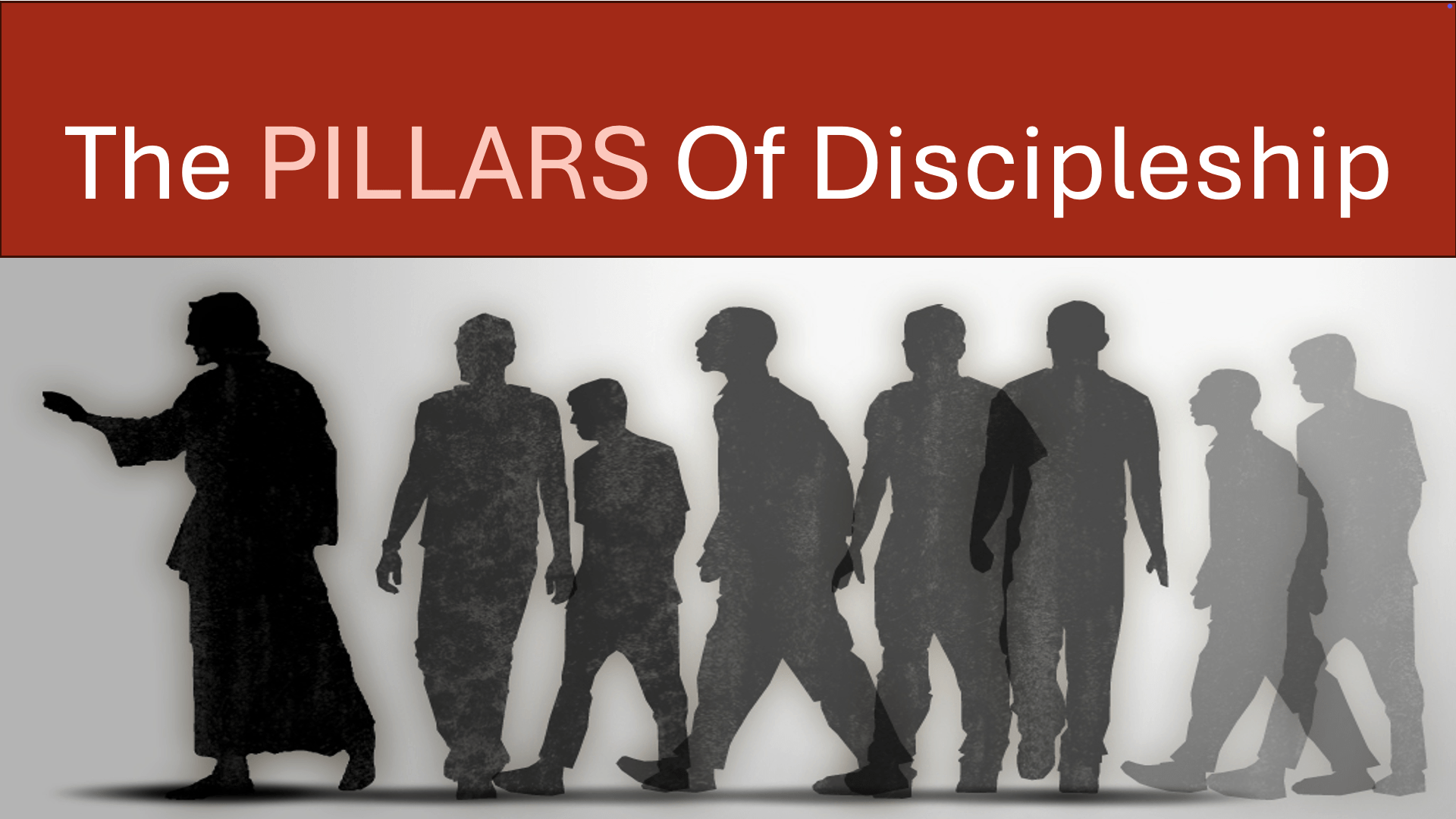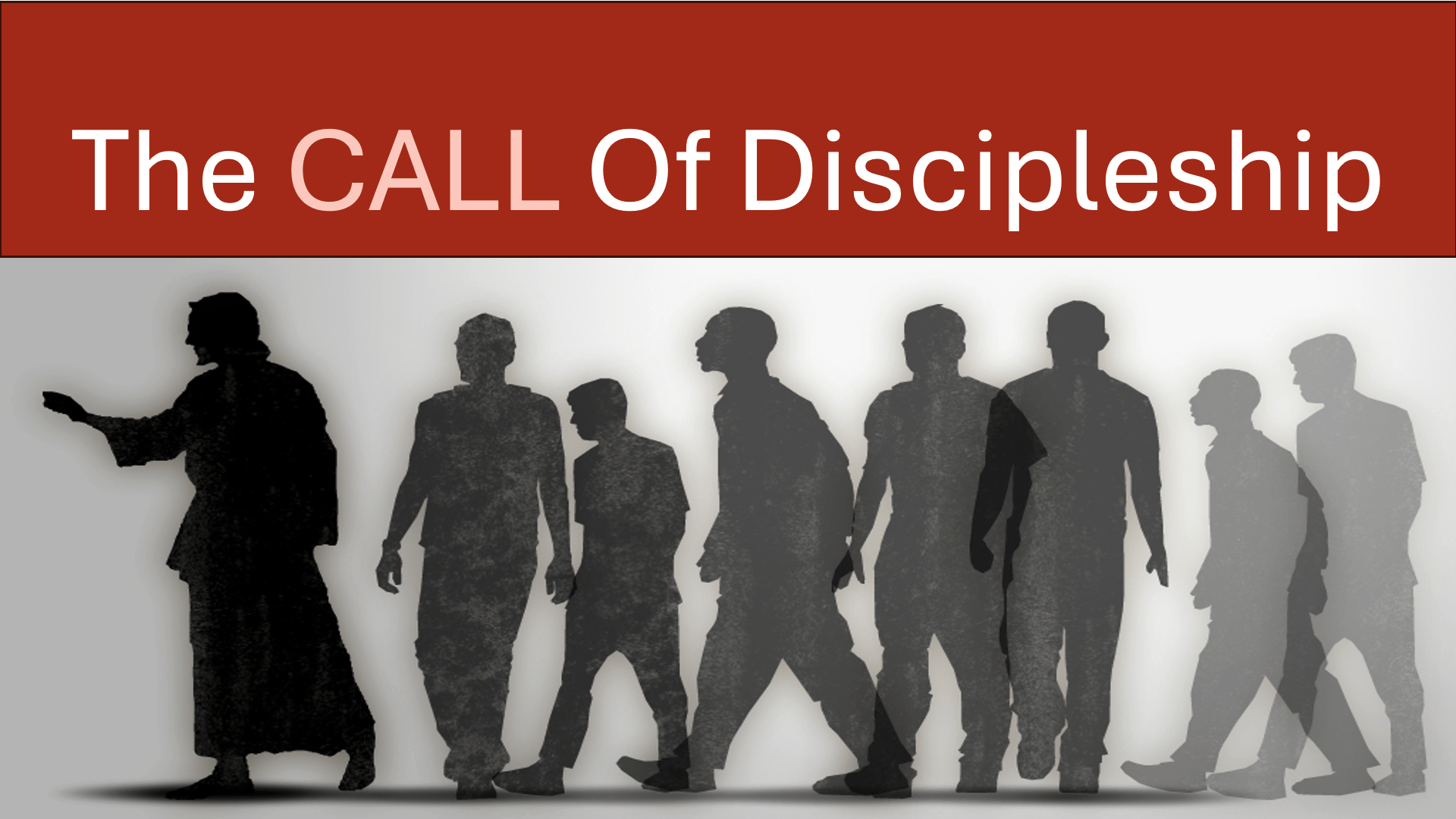Download:
Text:
The Bible Story In A Year
Week 6
After being delivered from Egypt, the Israelites eventually came to the Sinai Wilderness and camped in front of the mountain. When the Israelites were at Mount Sinai, God gave instructions for the people to be prepared for God to speak to them and Moses was called up on the mountain. God was now prepared to give the details of His covenant with the Israelites.
1) The Ten Commandments. God spoke in the hearing of all the people and gave the Ten Commandments to them (Exodus 20:1-17). These form the foundation of the law for Israel and would be written by God on stone tablets that were to be kept inside the ark of the covenant (Deuteronomy 10:4-5). God began by identifying Himself (YHWH, Yahweh, Jehovah) as the one who had brought them out of slavery in Egypt (20:2). Then, consider each of the commands carefully: Don’t have other gods besides God, don’t make idols, don’t misuse God’s name, remember the Sabbath day and keep it holy, honor your father and mother, don’t murder, don’t commit adultery, don’t steal, don’t give false testimony, and don’t covet. After all the sights and sounds involved in God speaking to the people from the mountain, the people were afraid and wanted Moses to speak to them in the future (20:18-21).
2) Additional laws. In addition to the Ten Commandments, God spoke other laws to Moses. Some are recorded in Exodus, while others will be recorded later. Ultimately, in all of these laws, the people would have to decide whether to make God their God and keep His laws or not. Through these laws, God would prepare the Israelites to be a different sort of people compared to other nations. Also included in the laws God gave were instructions concerning three specific festivals that were to be kept (23:14-17): The Festival of Unleavened Bread (Passover, remembering when God brought them out of Egypt), the Festival of Harvest (Weeks/Pentecost, celebrating the firstfruits of the harvest), and the Festival of Ingathering (Shelters, celebrating the end of year harvest). On these occasions, all the males were to appear before Jehovah. There were promised blessings if the Israelites would keep these laws and be God’s people and consequences if they would not (23:20-33).
3) Israel enters a covenant with Jehovah. A covenant involves an agreement between at least two parties. In this case, Jehovah offered for the Israelites to be His special people so as to be in an agreement with Him. Moses spoke the words of God to the people, who responded by saying they would obey everything the Lord had commanded (Exodus 24:3-4). The law was written, sacrifices were made, the covenant scroll was read, and blood was splattered on the people to enter the covenant with God (24:5-8).
4) Israel breaks the covenant. After agreeing to this covenant, God called Moses back up the mountain for 40 days and nights (Exodus 24:18). While he was there, the Israelites urged Aaron to make gods for them who would go before them (32:1). Under Aaron’s leadership, the Israelites made a golden calf (an image common to Egyptian and Canaanite culture). This image was then proclaimed to be the god who had led them up from Israel and was worshiped (32:2-6). This was clearly in violation of the covenant they had made with God and God was angry with them to the point He spoke of destroying them (32:7-10). Moses, however, spoke to God concerning the covenant He had made with Abraham, Isaac, and Jacob and God relented (32:11-14). When Moses came to the people, he smashed the tablets with God’s writing on them (symbolic of the broken covenant, 32:15-16, 19), destroyed the idol (32:20), and God inflicted a plague on the people (32:35). Afterwards, God gave two new stone tablets to Moses with the same words of the covenant on them (34:1, 4-8).
5) The tabernacle and priestly garments. Part of what God revealed to Moses were the details concerning the sanctuary (tabernacle/tent) and the various elements that would be used in the worship and service of God (Exodus 25:8-9). All of it was to be made according to the pattern God gave to Moses (25:40) This tabernacle would have a courtyard and two sections (the holy place and the most holy place, 26:33-35). In the courtyard would be the altar of burnt offering and the bronze basin (laver). In the holy place of the tabernacle would be the lampstand, the table for the bread of presence, and the altar of incense (in front of the curtain which divided the holy place from the most holy place). Then, in the most holy place was the ark of the covenant with the mercy seat (lid). Utensils, oil, fabric, and various items were also involved in God’s instructions. In addition, God gave specific instructions concerning the garments for the one who would serve as high priest (initially, Aaron) and for the other priests. The high priest’s garments included an ephod, breastpiece, robe, and turban. God gave specific instructions for all these items and they were made according to God’s pattern (39:42-43). When the tabernacle was set up and the garments were put on, the glory of the Lord filled the tabernacle (40:34-38).
God has entered a covenant with the Israelites. More details will be given concerning this covenant as we continue through the books of Leviticus, Numbers, and Deuteronomy. However, we should plainly see God’s desire to keep the promises He had made with Abraham, Isaac, and Jacob – and for the Israelites to be a special people to Him in the process!



